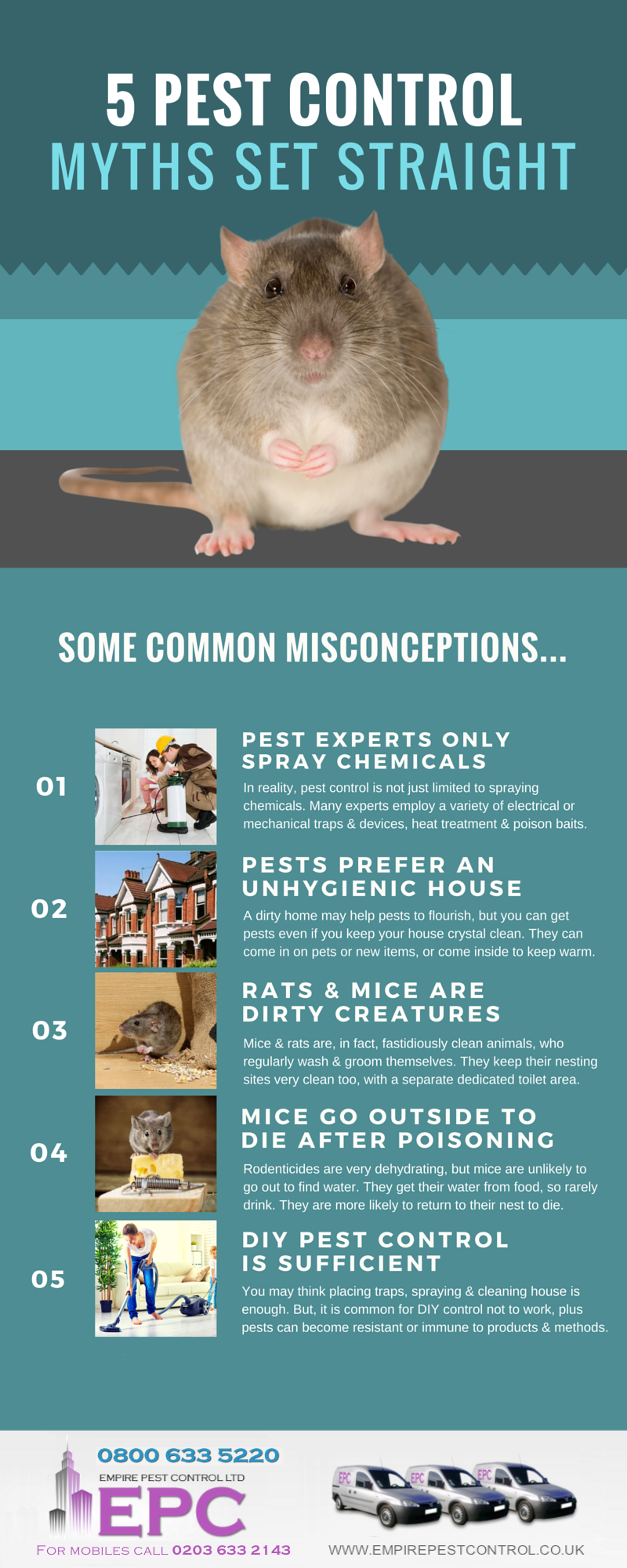Getting Expertise On Exactly How Rodents Behave Is Vital For Properly Regulating Insect Invasions. Experts Provide Valuable Insights On This Issue
Getting Expertise On Exactly How Rodents Behave Is Vital For Properly Regulating Insect Invasions. Experts Provide Valuable Insights On This Issue
Blog Article
Post Composed By-Medina Odonnell
Picture having the ability to prepare for the actions of your opponents in a video game of chess, constantly staying one step ahead.
In the world of parasite control, recognizing rodent actions resembles having that calculated advantage. By acquiring termite exterminator cost into the nesting habits, feeding patterns, and communication and social habits of rats, you can successfully battle these pesky animals.
But exactly how exactly do rats behave, and why is it crucial to understand? In this conversation, we will unravel the enigmas of rodent actions, offering you with valuable expertise that will certainly aid you stay ahead in the fight against insects.
Are you ready to discover the keys of these cunning animals?
Nesting Habits
To recognize rodent habits and successfully control bugs, it is necessary to gain insight into their nesting behaviors.
Rats, such as mice and rats, have an all-natural reaction to discover shelter and produce nests where they really feel secure and safe. These nests function as their homes, reproducing premises, and storage areas for food. Comprehending their nesting routines can aid you identify possible areas of infestation and implement targeted control actions.
https://how-to-remove-a-black-sna62849.mdkblog.com/31382882/place-an-end-to-aggravating-insects-with-our-first-class-elimination-remedies favor nesting in dark, remote areas, such as attic rooms, cellars, crawl spaces, and wall voids. They use products like shredded paper, textile, insulation, and even chewed-up electric cables to build their nests.
Feeding Patterns
Rats show distinctive feeding patterns that play an essential duty in their behavior and can notify effective parasite control strategies. Recognizing these patterns is necessary for implementing successful bug control actions.
Rats are opportunistic feeders, meaning they'll eat whatever food is conveniently offered. click this like high-calorie foods such as grains, nuts, and seeds. This is why appropriate storage space of food and waste management are crucial in protecting against rodent infestations.
In addition, rats are nighttime, which implies they're most active during the evening when they search for food. By recognizing their feeding patterns, you can tactically place traps and lures to optimize their effectiveness.
Keeping food resources inaccessible and keeping a clean setting can assist discourage rats and minimize the threat of infestation.
Interaction and Social Habits
Recognizing how rodents interact and communicate socially is essential for efficient parasite control methods. Rats, like computer mice and rats, have complex interaction systems that they make use of to communicate details per various other and coordinate their activities. Below are 3 key facets of rodent communication and social habits:
1. Articulations: Rodents create a variety of singing sounds, including squeaks, tweets, and babbling, to connect with each other. These vocalizations can communicate different messages, such as risk cautions or mating phone calls.
2. natural flea control : Rats make use of scent glands to leave chemical signals on items and in their environment. These scent marks serve as territorial limits and connect details regarding reproductive standing, supremacy, and social affiliation.
3. Social hierarchy: Rodents have an ordered social structure, with dominant people having access to resources and liked nesting sites. Understanding this hierarchy is important for targeting parasite control initiatives and recognizing key individuals for elimination.
Conclusion
So, there you have it - a short glimpse right into the interesting globe of rodent habits. By understanding their nesting routines, feeding patterns, and communication, we can better deal with the concern of bug control.
Did you understand that a female mouse can create approximately 10 clutters per year, with each trash containing around 5-6 puppies? This amazing statistic highlights the importance of timely and efficient insect monitoring to avoid rodent populations from spiraling unmanageable.
